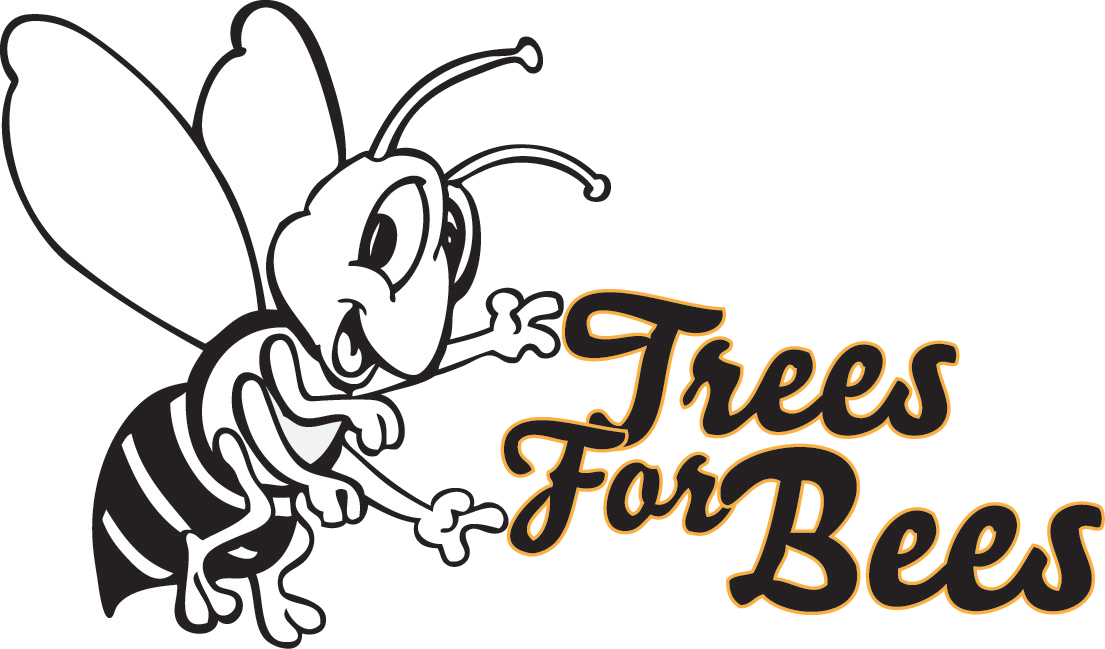Project #1
Farmers’ Trees for Bees
In November 2009, Federated Farmers launched the ‘Trees for Bees NZ’ campaign to ensure that honey bees have the opportunity to gather sufficient pollen and nectar, providing the vitamins and minerals required to maintain optimum hive strength and a viable pollinating bee force.
The ten regional Federated Farmers Bee Plant Guides for this campaign are the result of collaboration between Federated Farmers, Landcare Research, the Oceania Pollinator Initiative, and many beekeepers, farmers and nursery owners.
What is Happening to Our Bees?
The honey bee is in trouble. Worldwide, bee numbers are declining. The bee is being attacked by an increasing number of bee pests (e.g. varroa mite) and diseases. Featuring prominently in this equation is the severe decline in floral nutrition resources creating a shortage of quality pollen for the bees to eat. Malnutrition severely compromises the bees’ resistance to pests and diseases.
Why should farmers help?
The increasing importance of agricultural sustainability and food security for New Zealand is widely acknowledged. But not so the importance of the bee, they are the unspoken champion of agriculture and anchor farm viability in many instances.
Bees consume pollen as a protein and vitamin source and nectar for energy. While gathering these resources, they move pollen from one plant to another thus benefiting the farm by pollinating crops.
Availability of quality pollen resources is critical during spring when beekeepers are building up bee populations for pollination services. Any shortfall leads to weakened bees making them susceptible to pests and diseases. It also dramatically slows the queens breeding output and results in under performing pollination services.
Project Results
The results of this research project can be found in the many Regional Planting Guides (Link Below).

